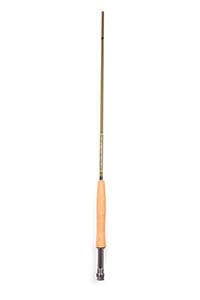FLY FISHING GEAR | 10 GREAT 9FT FIVE-WEIGHT RODS
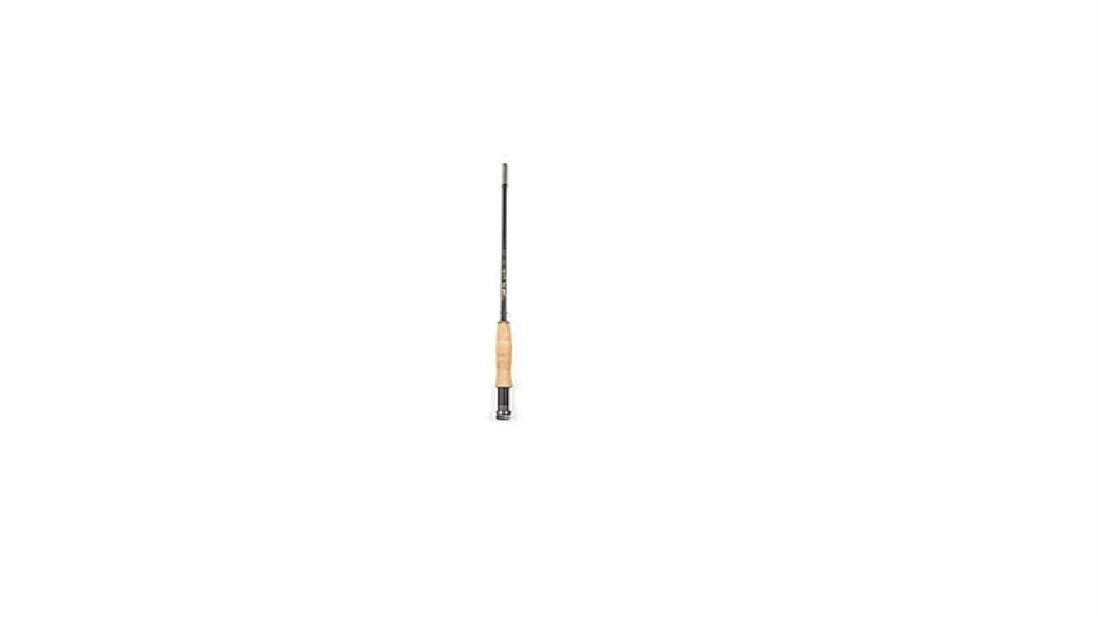
There can be few serious trout fishermen who don’t have a 9ft five-weight rod in their collection. The first-choice on most rivers and chalkstreams, it is versatile enough to be favoured by many stillwater anglers who prefer to fish dry-flies from the bank or boat.
Temple Fork Outfitters Pro II
This is a serious casting machine. Certainly not your traditional 5wt; in fact, it casts more like a 7wt. It has a very fast action and with either line it produced very little flex from anywhere other than the tip. A very powerful rod that can send a line a long way. We felt it lacked the finesse most people would want from a 5wt river rod, but it may have a niche as a small stillwater/big-fish rod, or even as a light-line sea-trout rod on smaller rivers. It would suit either a heavier or longer-bellied line to load it more effectively.
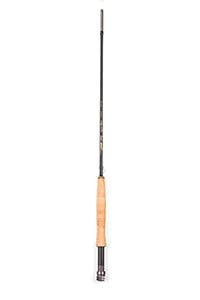
Greys GR60
The GR60 has a fast but progressive action with good tip recovery and surprising reserves of power lower in the blank. The line loops and deliveries weren’t quite as pin-point accurate as some, but they were more than adequate for normal fishing conditions. The rods forgiving action would make it a great choice for beginners and improvers. It roll-casts as well as any rod in the test and felt very comfortable in the hand. It handled both lines well, although the spey line loaded the rod a little deeper and showed off the power the rod has throughout the blank. Greys has upped its game in the last few years and this rod offers excellent value for money.
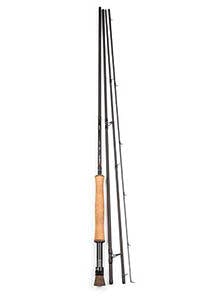
Snowbee Prestige G-SX
The Snowbee has a slim handle and feels light in the hand, as a 5wt should. The action is fast without being stiff, providing good feedback during the cast. Tip recovery is quick, resulting in lovely, stable loops and pin-point accuracy. At home with overhead and spey lines, it performed all casts effortlessly and worked with long and short casting strokes. This rod is a true all-rounder, able to deliver tiny dry-flies to rising fish, swing teams of Spiders or drift weighted nymphs. A very enjoyable and comfortable rod with which to fish, only just squeezed out of our top three.
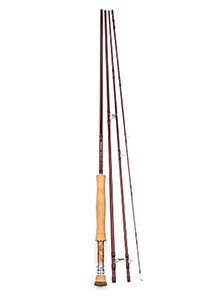
Guideline Fario NT8
The Fario had a medium action and performed very well with a slower, almost “lazy” casting style. While not quite as accurate at distance as our top three, the tip recovers crisply and delivers nicely shaped loops with both spey and overhead casts. It offers the ideal compromise between the faster- and slower-action rods currently available on the market. In our opinion it would suit an angler looking for a really comfortable, versatile fishing rod to use with a variety of methods. Brian’s favourite saying, which he uses to slow the casting stroke of his pupils, is “Cast like it matters tomorrow” – it suits this rod perfectly.
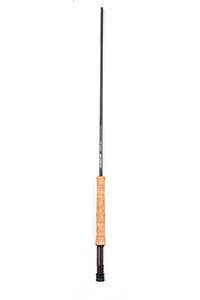
Vision XO
The first thing that struck us was how light this rod felt in the hand, especially as it was hardly among a group of heavyweights. That lightness flowed through to the cast where a smooth, slightly longer stroke produced lovely loop shapes and precise and accurate deliveries. Tip recovery was very fast, even though we would describe the overall action as medium-fast. The XO suited both lines and casting it was a delight. If you wanted to tighten the loops you could easily do so by adding a small, effortless haul and the line would ping off the tip. After the first few casts we were left with broad smiles on our faces – always a great indicator of a rod’s performance. The Vision was our second-favourite rod in this test.
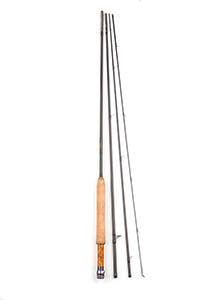
Scott G Series
The G Series was more of a mid-action rod and although it felt slower when spey casting than many of the rods in the test, it performed well with both longer and shorter casting strokes by virtue of its fast tip recovery. It was accurate and well matched to the spey line, which flexed the rod deeper into the butt while the tip kept loops stable and straight. The extra flex allowed us to slow our casting strokes and let the rod do the work. While the Scott was a nice rod to cast and delivered a sound performance, we felt it needed an experienced caster to work it out and get it to perform at its best.
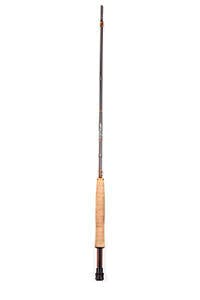
Orvis Helios 3F
From the first to the last cast the Helios felt light, responsive and effortless to use. Its action is fast but forgiving and the tip so stable that the loops just flow from it without a ripple. We seemed to have all the time in the world to watch them unfurl to a perfectly accurate finish. The different lines, a variety of casts and a range of casting strokes were all taken in its stride. Apply a little power and you can generate high line speeds where required, or slow it down and revel in the seamless, textbook loops.
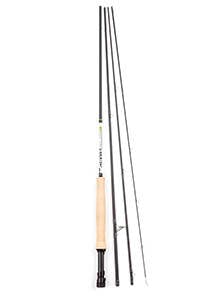
Winston Pure
This rod had a much slower and more traditional action than most of the others in the test. It required a long, slow casting stroke to keep things smooth as it took a little longer for the rod to transfer energy down the line. The 5wt Gold line worked well in the air, but the rod felt a little overloaded with the spey line. Although it roll-cast well, the tip was not as quick to recover and therefore not as accurate or stable as others in the test. A line size lower in the spey line category would help to crispen the action. The Winston has a high-quality look and almost cane-like feel about it that many traditionalists will enjoy.
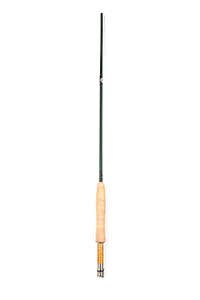
Banana Delta X
A very powerful rod that is light in the hand despite the handle feeling a little robust. Both lines felt slightly too light, but the rod still delivered surprisingly effortless casts. The spey line showed off the rods fast tip recovery with good changes of direction and stable loops; however, we felt a slightly heavier line would have improved the roll-casting performance by loading the blank a little deeper. Overhead casts were precise and the rod performed better when a short, but smooth delivery stroke was applied. A little more energy was required to get the best from it than that used with the other rods. The quality finish and fittings are among the best.
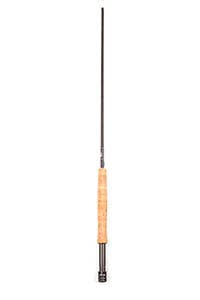
MacKenzie NX1
Another excellent performer with a light and responsive feel. It produced clean and efficient line loops requiring little effort or thought from the caster. It preferred a slightly longer casting stroke and yet could cope with a wide range of stroke lengths. It was equally at home with short- and long-range overhead casts; accurate with both. The 5wt spey line felt a little heavy and therefore changing down to a 4wt (of the Rio Spey) is an option that would crispen the rods performance; it coped better once we had slowed our casting stroke. The best MacKenzie single-hander we have tested to date and a real contender.
